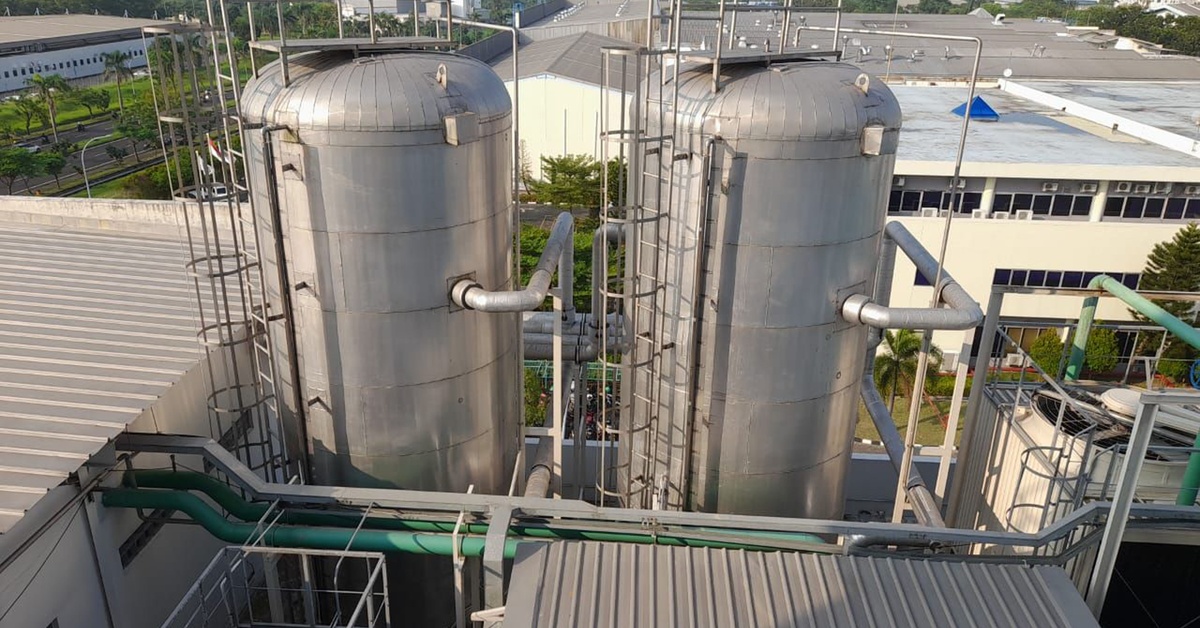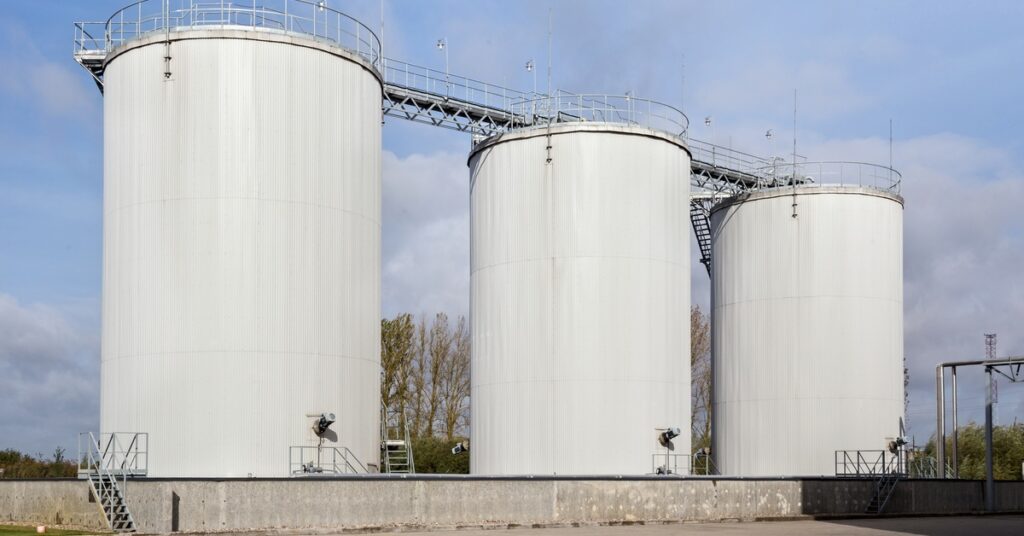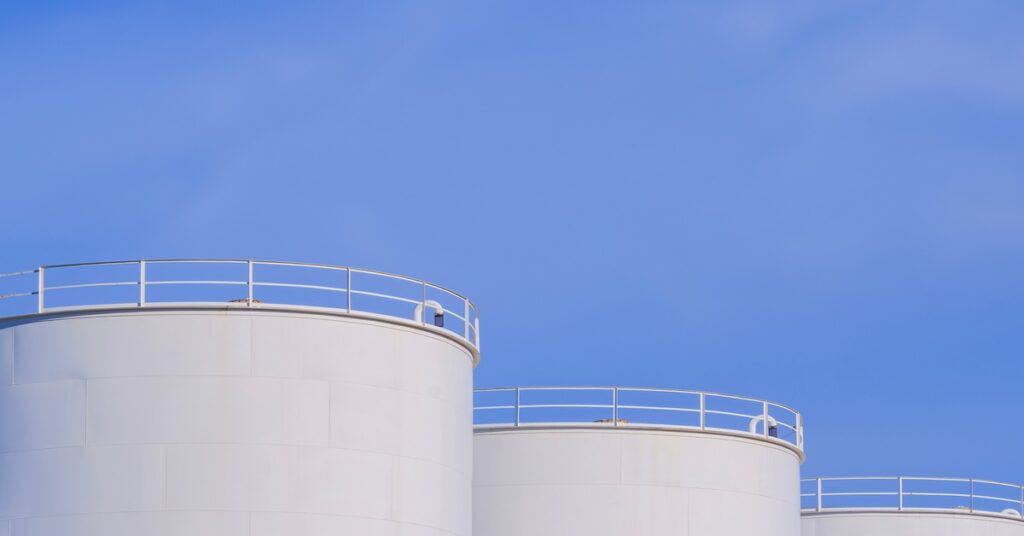
Tank liners are pivotal to advancing Environmental, Social, and Governance (ESG) objectives. These liners contribute to sustainability initiatives by preventing leaks, protecting assets, and enhancing operational safety. Through their advanced materials and design, tank liners support environmental stewardship, reduce waste, and minimize ecological disruptions.
Their application promotes compliance with regulatory standards while also fostering ethical practices and operational transparency. Tank liners play a significant role in helping industries achieve their ESG goals, driving long-term value for stakeholders.
Prevent Contamination
Tank liners prevent the contamination of soil and groundwater, supporting environmental preservation efforts. Their reliable barrier properties limit chemical leaks and spills, maintaining ecological balance. This barrier safeguards natural habitats and protects biodiversity in surrounding areas. Preventing pollutants from spreading into the environment aligns an organization with sustainable operational goals.
By stopping damage at its source, tank liners minimize the need for costly remediation efforts. Implementing tank liners actively counters risks that could otherwise lead to long-term environmental harm.
Improve Longevity
Effective corrosion resistance through tank liners extends the life cycle of storage tanks. Reducing the frequency of tank replacements significantly lowers material consumption and waste generation. Less frequent use of raw materials contributes to resource conservation, a core pillar of sustainability. Beyond the immediate operational cost savings, this longevity advances efforts to minimize industrial waste streams.

Reduce Emissions
Tank liners reduce hazardous emissions from chemical storage systems. By creating an airtight barrier, they prevent volatile organic compounds (VOCs) and other harmful substances from escaping into the air.
This barrier reduces air pollution and controls workplace hazards caused by chemical exposure. Lower emissions also demonstrate a commitment to shrinking your organization’s carbon footprint. Adopting this technology showcases a proactive approach to tackling industrial emissions.
Reduce Cross-Contamination
The versatility of tank liners supports industries in using multiple products within one system without cross-contamination risks. Their advanced design accommodates storage for chemicals, fuel, or water without compromising purity levels. Cross-industry adaptability eliminates the need for additional infrastructure, further supporting sustainable practices.
Investing in tank liners serves operational flexibility while minimizing resource dependency. Adopting their use streamlines product transitions, enhancing efficiency and lowering costs. This adaptability reduces capital investments and aligns with environmentally responsible strategies.
Increase Workplace Safety
Tank liners foster workplace safety by maintaining the structural integrity of industrial storage tanks. They effectively mitigate risks associated with leaks and chemical exposure for your workforce. Safe containment minimizes accidents, aiding compliance with occupational health and safety regulations. Their protective function also fosters trust among employees, who value working under secure conditions. Investing in employee well-being aligns your practices with ESG’s social pillars, cultivating a safer, more ethical operational environment.
Enable Organizations To Meet Environmental Requirements
Implementing tank liners enables organizations to meet stringent regulatory requirements related to environmental and industrial safety. They safeguard against noncompliance, reducing penalties and reputational damage. When you meet these benchmarks, you demonstrate accountability and alignment with long-term environmental commitments. The high-performance features of liners foster confidence among stakeholders, reinforcing the integrity of your operations.
Conserve Valuable Resources
Tank liners conserve valuable resources, including stored liquids and chemicals, by containing them effectively. This containment reduces losses caused by leaks, optimizing resource utilization within your operations. Resource conservation contributes to cost savings while minimizing environmental pressures associated with production and extraction.
Using tank liners aligns storage systems with global sustainability initiatives focused on reducing inefficiencies. Prioritizing the conservation of materials reflects your company’s broader ESG commitment. This operational efficiency resonates with stakeholders, who recognize the tangible benefits of environmentally conscious practices.
Reduce Waste
Tank liners support waste reduction initiatives through their durable and reusable design. Long-lasting liners decrease disposal frequencies, limiting the environmental impact of industrial waste streams. Their design prioritizes sustainability by extending functional lifespans without compromising performance. Utilizing tank liners minimizes landfill contributions, exemplifying an actionable step toward achieving zero-waste goals. This durability optimizes operational productivity while strengthening your leadership position on waste-management strategies.
Prevent Hazards
Incorporating tank liners into storage systems highlights a commitment to operational transparency and governance excellence. Their role in preventing environmental hazards creates confidence among regulators, investors, and communities. Transparent risk management practices enable you to build positive stakeholder relations while meeting ESG governance priorities.
Demonstrating foresight in mitigating environmental risks reflects a culture of ethical decision-making. The adoption of innovative technology—such as tank liners—represents forward-thinking leadership and accountability, both of which are vital for establishing trust.
Protect Against Extreme Conditions
Tank liners protect against extreme conditions, such as chemical reactions or temperature fluctuations, providing consistent performance. Their resilience reduces unexpected maintenance requirements and system downtimes. Achieving predictable outcomes strengthens operational reliability, which in turn builds trust with stakeholders.
Addressing environmental and industrial challenges without compromising efficiency aligns directly with sustainable values. Improving tank durability through targeted solutions such as liners enhances the overall efficiency and dependability of your operational systems.
Lower Risks
Industries using tank liners benefit from lower operational risks due to their advanced protective properties. Reduced risk creates a stable operational structure that resonates with environmental and financial performance metrics. Safe containment technologies limit vulnerabilities associated with spills or tank failure.
Their use strengthens your organization’s crisis-prevention framework and reflects foresight in addressing critical ESG challenges. This focus on risk mitigation enhances stakeholder confidence in your ability to lead sustainably and responsibly.

Reduce Energy Consumption
Advanced tank liners reduce energy consumption during maintenance procedures, supporting energy-efficiency objectives. Their durable design lowers dependency on intensive repair processes. With fewer maintenance disruptions, energy savings seamlessly contribute to your ESG performance targets. Through operational optimizations powered by innovative liners, you actively reduce your ecological footprint while maintaining reliable systems.
Demonstrate Corporate Responsibility
Tank liners demonstrate corporate responsibility in environmental conservation. Their widespread adoption reflects your dedication to meeting communal expectations for sustainable solutions. Such practices show respect for environmental ethics and enhance corporate reputation.
Prioritizing solutions that prevent contamination resonates with your broader audience, including investors and advocacy groups focused on ESG metrics. Establishing this framework reinforces sustainable asset management, furthering leadership positions within your sector.
Prevent Spills
Deploying tank liners allows for efficient use of storage capacity, preventing spills that disrupt volumetric planning. Operational efficiencies directly align with sustainability goals while lowering costs tied to lost resources. These liners showcase effective problem-solving tools that enhance both business performance and environmental standards. Their ability to optimize processes reflects your dedication toward balancing industrial performance with environmental responsibilities.
Investing in tank liners meets the requirements of ESG goals through a sustainable, socially responsible, and governance-focused approach. Their capability to prevent environmental harm, enhance safety, and improve operational efficiencies positions you as a leader in environmental integrity.
Adopting such innovative technologies fosters accountability and proactive environmental management, and Royal Liner can make adoption easy with our high-quality tank liners. These advanced containment solutions meet regulatory requirements and exceed industry standards, showcasing your commitment to sustainable practices and responsible resource management.
